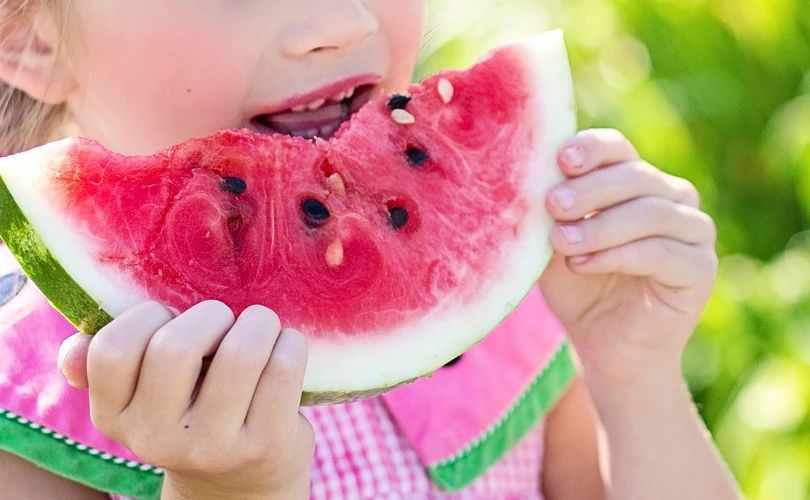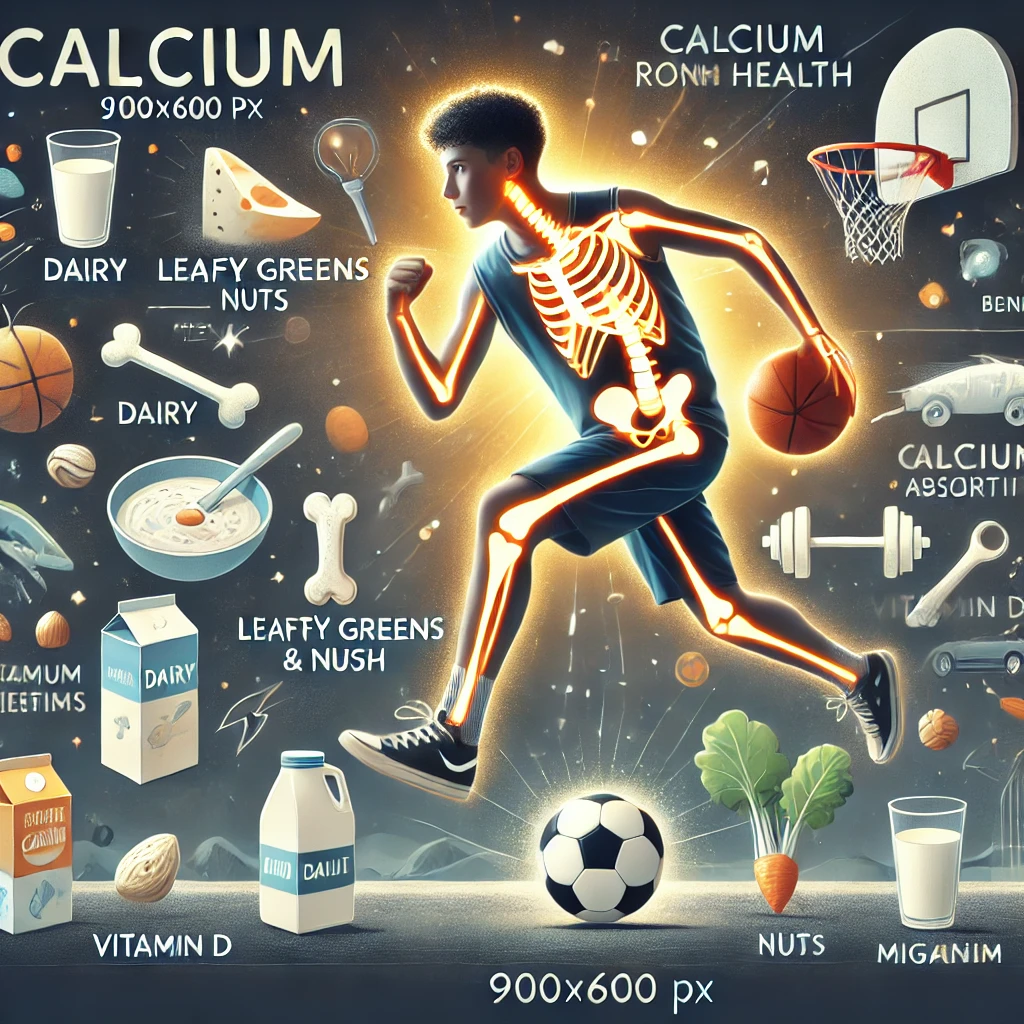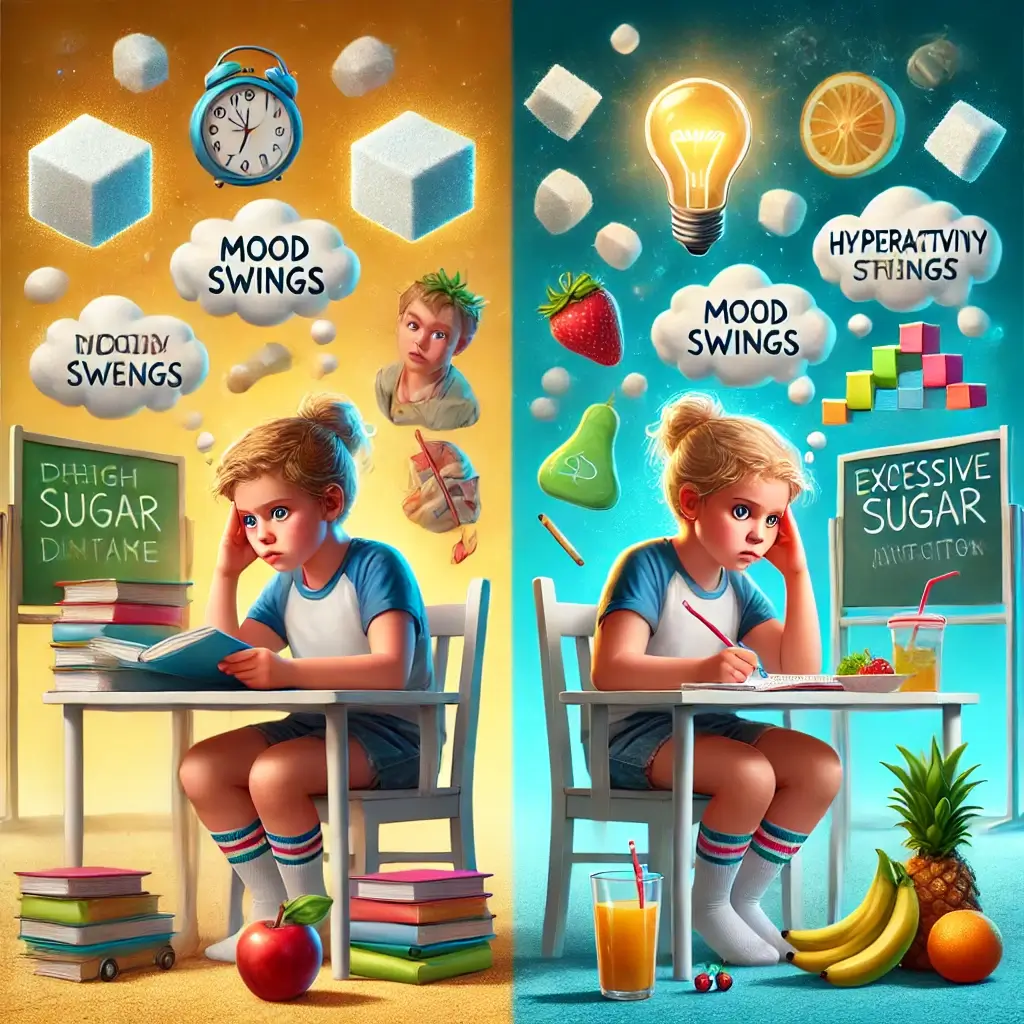Guidelines for Healthy Eating and Regular Physical Activity in Children
Childhood obesity is a significant public health concern impacting all ages and socioeconomic groups. One in five US children and adolescents is fat, according to the CDC.
Many causes cause childhood obesity, including:
Genetics: Some children are genetically predisposed to obesity.
Diet: Sugary beverages, processed meals, and fast food are more likely to make kids fat.
Lack of exercise increases the risk of childhood obesity.
Environment: Obesogenic settings, such as those with restricted access to nutritious food and safe play areas, are more likely to raise obese children.
Many Things Can Prevent Childhood Obesity
Healthy eating for kids:
Eat lots of fruits, veggies, and whole grains.
Minimize sugary beverages and processed meals and fast food.
At least 60 minutes of daily physical exercise should be encouraged for youngsters.
Providing nutritious meals and safe play areas for children is part of creating a healthy environment.
Talking to kids about obesity: Parents and caregivers should discuss the importance of a healthy weight and how to achieve it.
Many diets and fitness routines can help kids lose weight and keep it off. A child’s optimal nutrition and exercise regimen depends on their requirements and interests.
Guidelines for Choosing a Diet and Exercise Regimen for Kids
Make the program age-appropriate: The curriculum should be tailored to children’s development.
Make the program realistic: The youngster should be able to persist with it.
Ensure the program is fun: The youngster should be inspired to participate.
Get child input: Let the youngster help you select a program they’ll stick with by discussing their interests and preferences.
Here Are Several Diets and Exercise Plans for Overweight or Obese Kids
Mediterranean diet: Fruits, vegetables, whole grains, and healthy fats comprise the Mediterranean diet. More processed meals, sugary drinks, and red meat should be avoided.
Another low-sodium, low-fat diet is the DASH diet. Fruits, veggies, and healthful grains abound.
Weight Watchers: This renowned weight loss program helps people lose and keep it off. The program offers food planning, recipes, and support groups.
The National Institutes of Health (NIH) initiative Healthy Weight for Kids and Teens provides information and services for parents and caregivers of overweight or obese children. The program has a website, mobile app, and parent toolkit.
Remember that there is no one-size-fits-all weight loss plan for kids. A child’s optimal nutrition and exercise regimen depends on their requirements and interests. Always consult a doctor or licensed nutritionist before starting a new diet or exercise regimen.
Additional Recommendations for Helping Kids Lose and Maintain Weight
Be a role model: Kids learn from adults. Do what you want your kids to do—eat well and exercise.
Choose healthful foods: Give kids easy access to healthy snacks and meals.
Limit screen time: Children who watch more TV, play video games, or use other electronics are more likely to be overweight or obese.
Participate in kids’ activities: Find activities your kids like and will get them moving.
If your child’s weight worries you, go to the doctor. They can help you create a healthy weight plan for your child.
Follow these steps to keep your kids healthy and avoid obesity.













